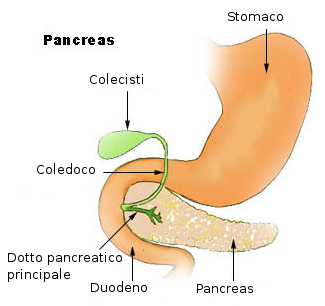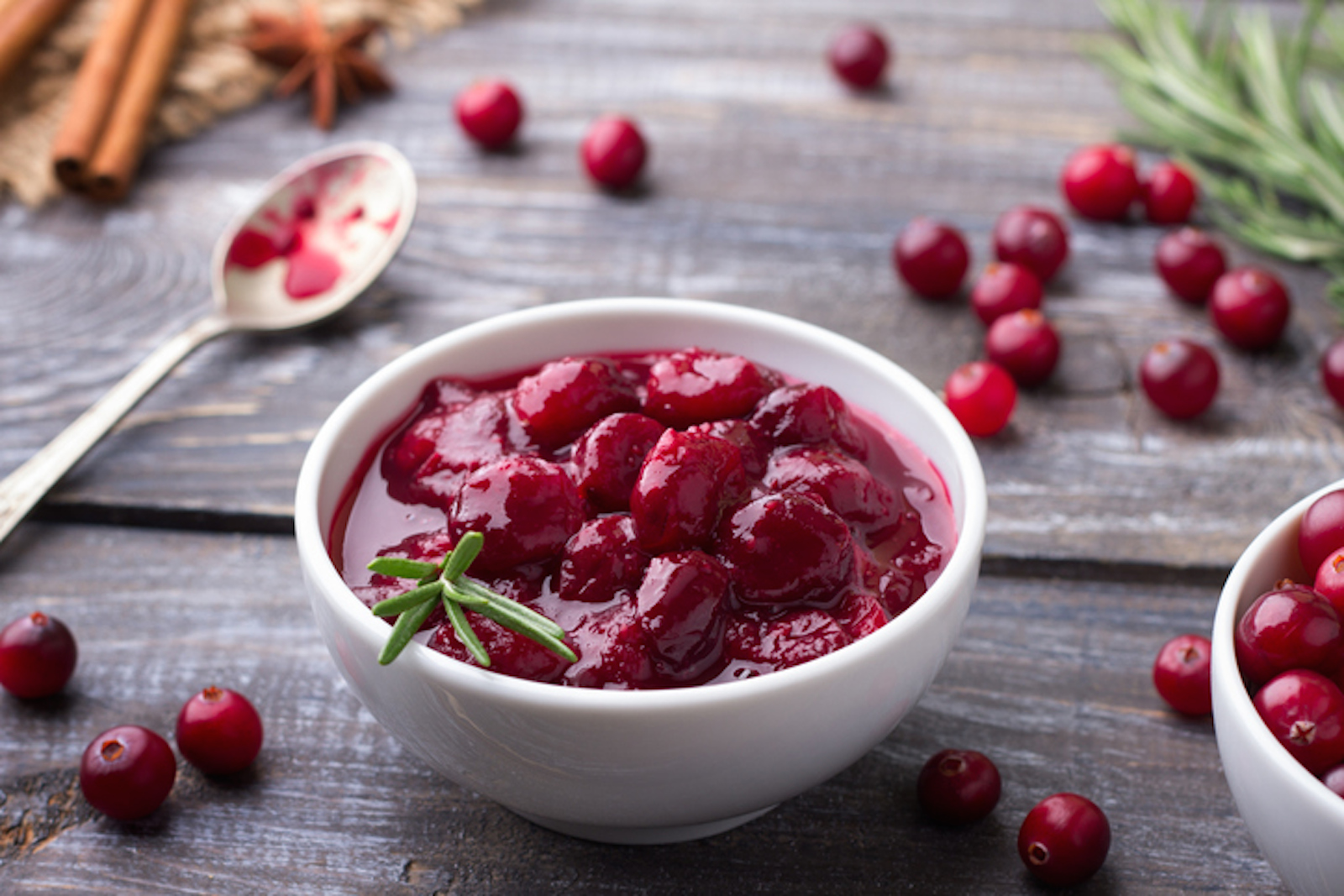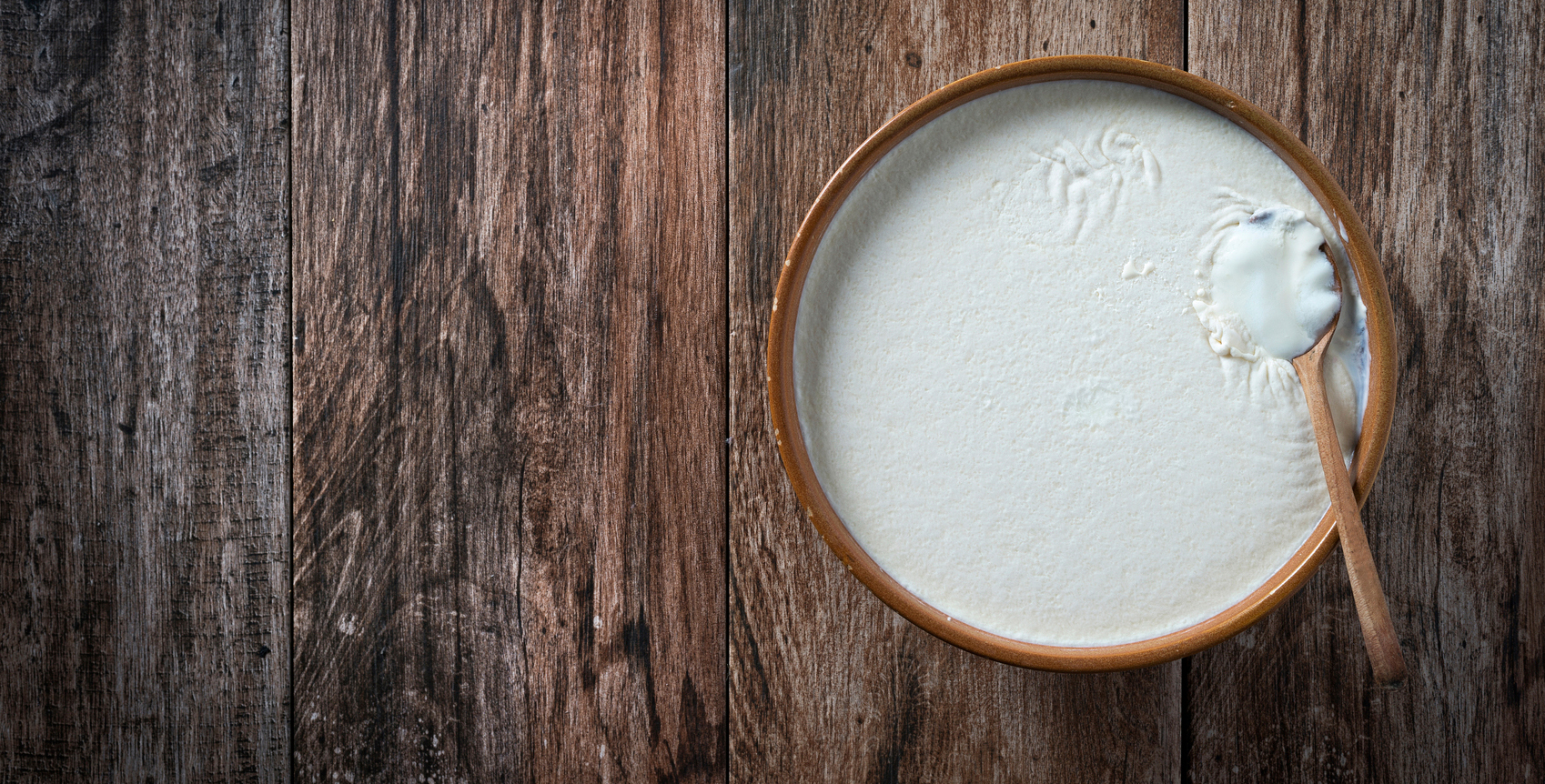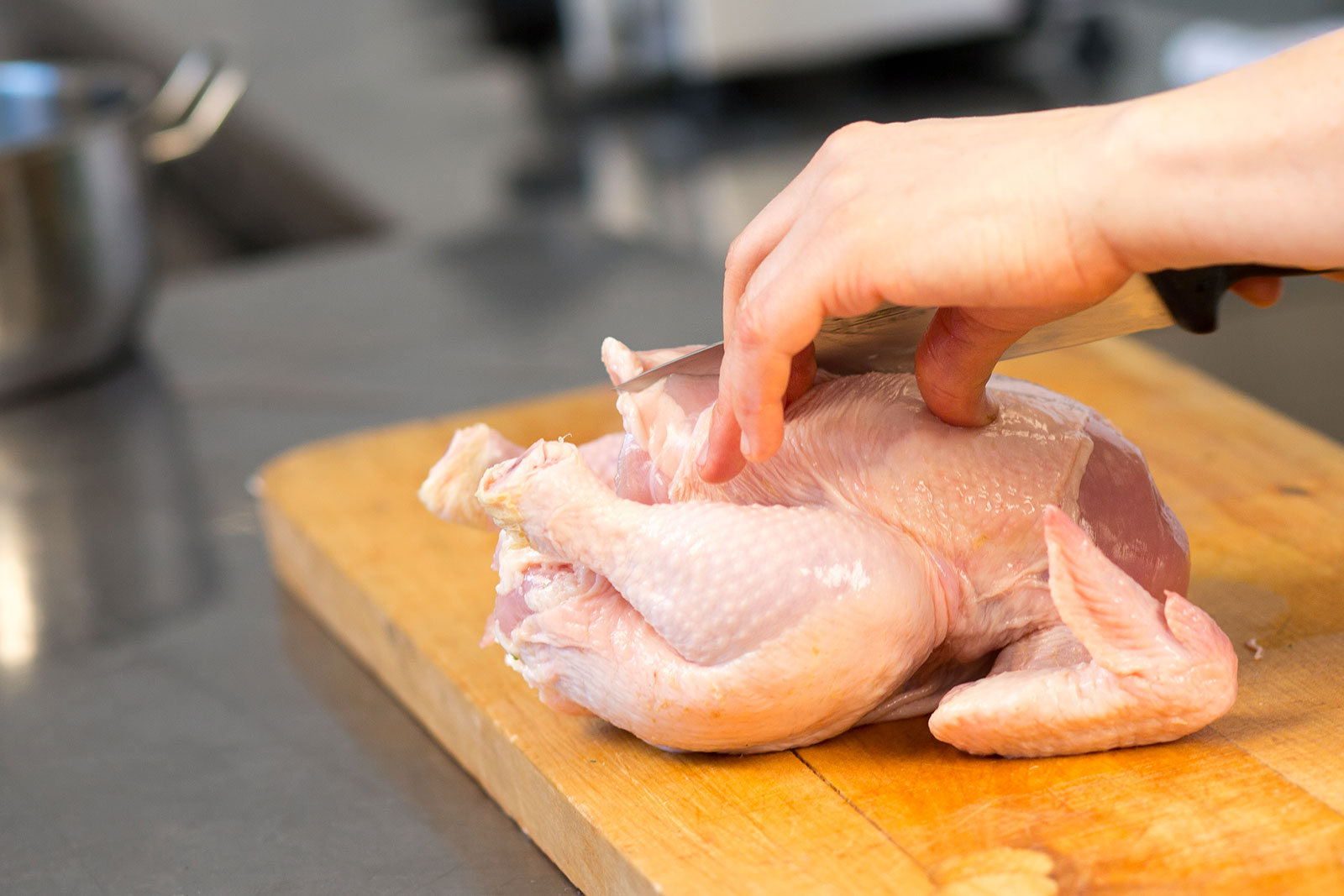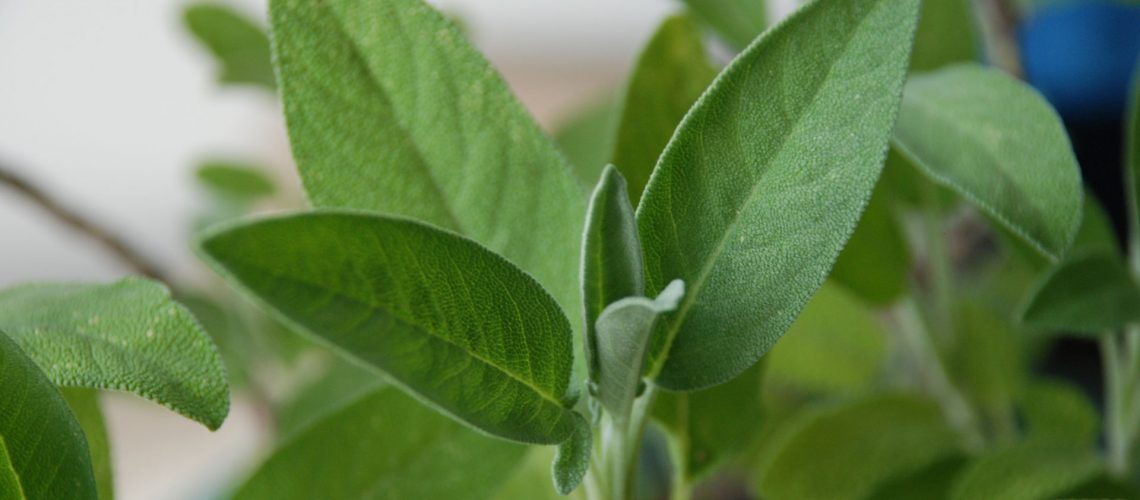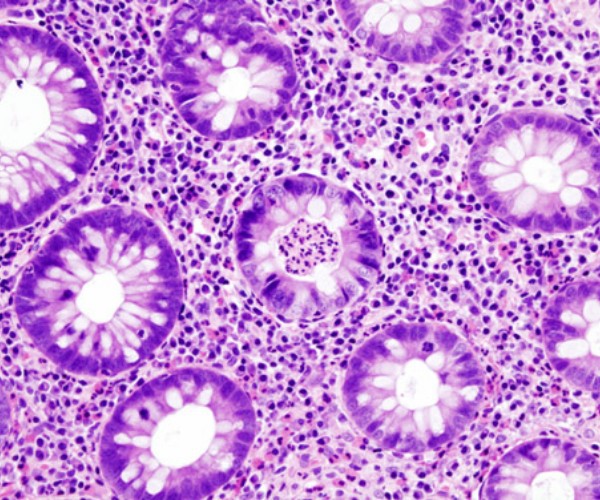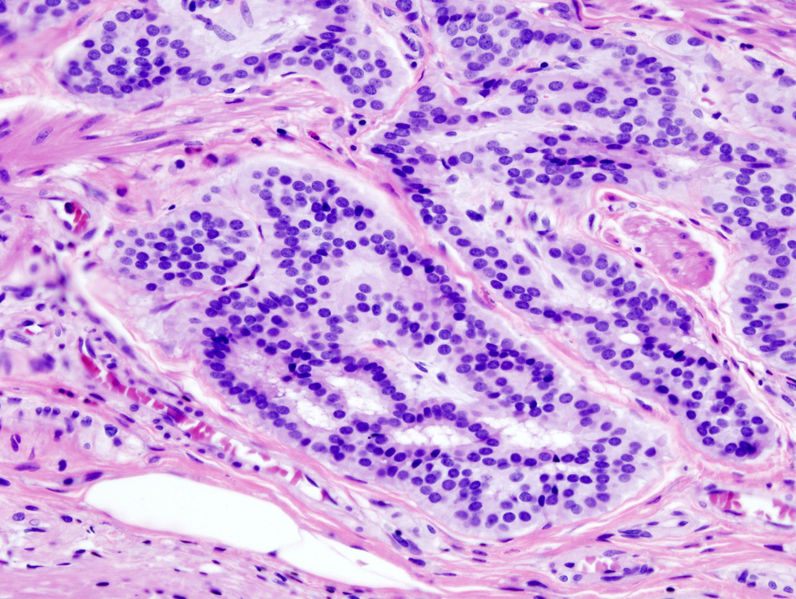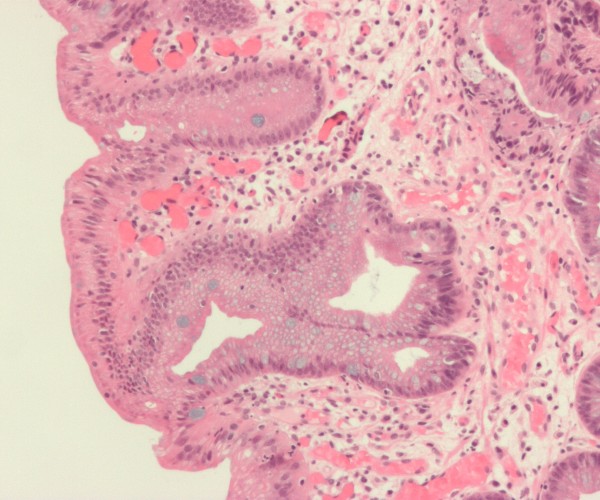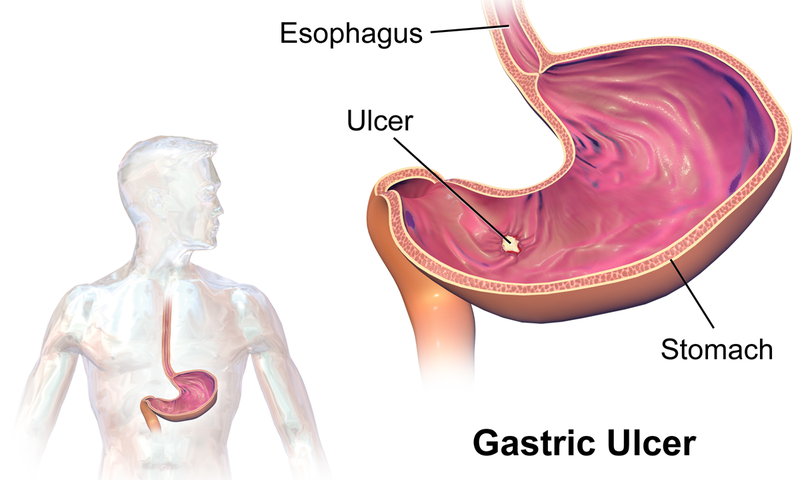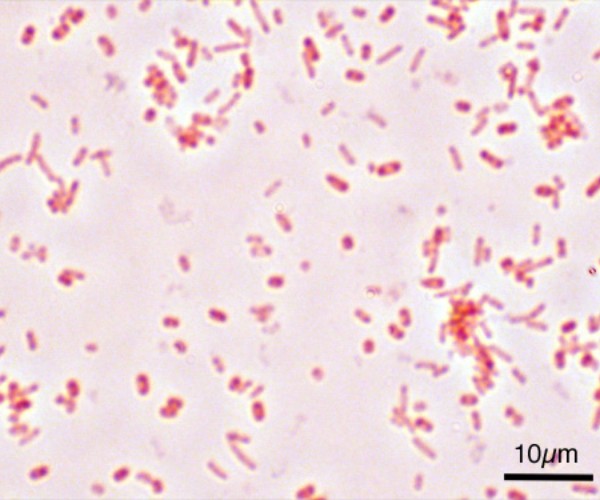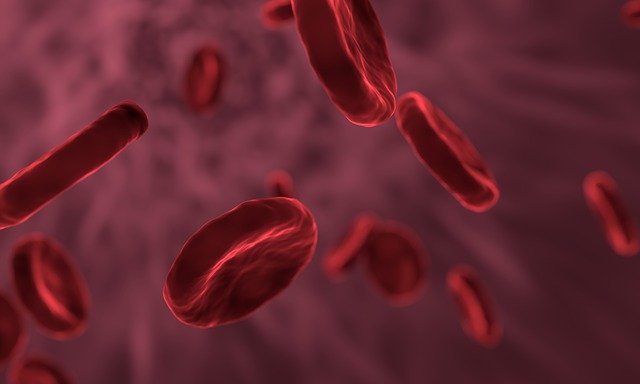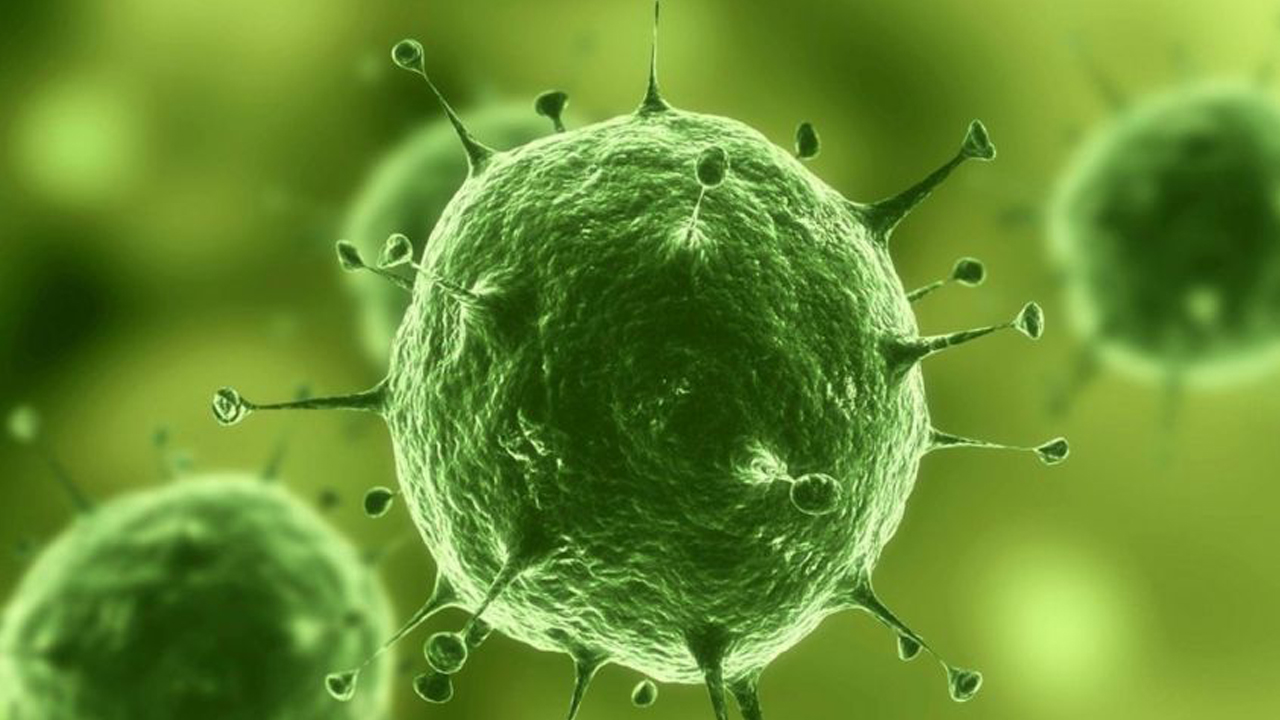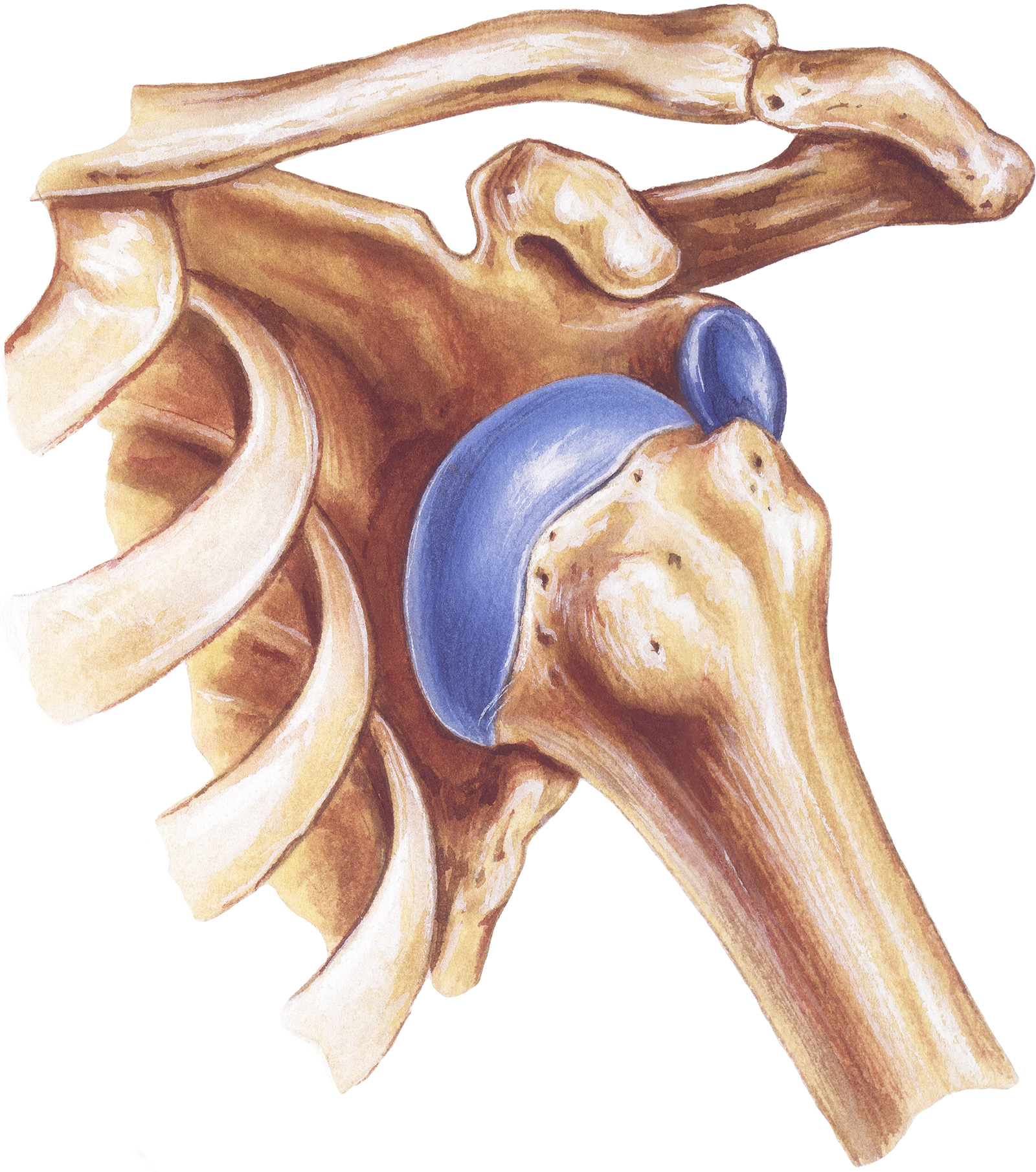“It is so good that it raises the dead.” How many times have we heard or uttered this phrase when describing the goodness (in taste) of a food? This same statement could also be ‘legendarily’ used for a very well-known aromatic herb used in our cuisine and beyond: sage, scientifically salvia officinalis. Let us then find out to what it owes this alleged saving property.
The aroma that ‘saves’. It is not our attribution, but this indication would derive from the name it bears which originates from the Latin word “salvus” meaning save, safe, good, healthy: terms that somehow also decry its supposed medicinal properties, officinal in fact. Instead, the scientific name – salvia officinalis – was defined by Linnaeus (1707 – 1778), a Swedish biologist and writer, also known as Carl von Linné, who included it in his herbarium “Species Plantarus” in 1753. This saving property has been recognized for sage since ancient times: the Gauls, in fact, believed it had the ability to heal ills, particularly warding off the risk of fever and coughs, to those who attributed to it the power to ‘raise the dead,’ so much so that it was often used in magical rites. The Romans called it Herba Sacra so much so that there was a ‘sacred’ ritual for harvesting it, without the use of iron objects, which was the preserve of a select few who had to wear typical attire: white tunic with bare feet and well washed. In the Middle Ages, on the other hand, sage was used in folk medicine as a healer on hard-to-heal wounds and sores, while the Chinese believed it bestowed longevity: perhaps this is why in the 17th century, a basket of sage leaves was exchanged by Dutch merchants for three baskets of tea. While still today traditional Chinese medicine employs sage to treat insomnia, depression, gastrointestinal afflictions, mental illness, menstrual disorders, and Ayurvedic medicine also uses it extended to other ailments.
Curiosities and uses…popular. They arise as always from afar. Some are very curious:
- In the Middle Ages, the “Vinegar of the Four Thieves” was famous: a mixture in which four plants-sage, thyme, lavender, rosemary and other aromatic species-were macerated and were recognized to have bactericidal and antiseptic properties.
- Before toothpastes appeared, sage leaves were rubbed on teeth and gums to brush them and/or do some sort of oral hygiene. This ‘custom’ still exists today and it is not uncommon to find this ingredient in our cosmetic and herbal products.
- Sage leaves were put in the socks to limit foot sweating.
- Today those with dark hair are advised to wash it with sage decoction to give it shine and strengthen it at the root.
- Of particular value for food use is Dalmatian sage, used for seasoning meat, fish and cheese.
Location and appearance. Sage is typical of southern Europe: widespread throughout the Mediterranean basin, in Italy it grows wild in central-southern areas and islands, or is cultivated in both lowlands and high hills up to 1,000 meters above sea level. It is a shrubby plant of the Lamiaceae family, to which also belong other herbs and spices such as mint, thyme, oregano and rosemary, with which, however, it cannot be confused, at least for one distinguishing trait: not only the smell but especially for the leaves, with their characteristic green color tending to silvery-white-gray (so much so that they are commonly referred to as sage-green), elongated oval shape and the slight down covering them. Other special features: it is a perennial species, which reaches about half a meter in height and can then spread to form a beautiful evergreen shrub. In early summer it throws out plume-shaped flower spikes, the flowers have small purple or lilac petals. It can live a long time: in its spontaneous state over 15 years and in culture 5 to 7 years, which is perhaps why it has also been given the meaning of ‘longevity’. Sage is also called ‘suffruticose,’ and two varieties are mainly grown in home gardens: one with narrow, elongated leaves, with a very intense aroma, and one with broad leaves, with more distinctly silvery coloring, but less aromatic. It prefers light, calcareous soils in full sun, is cold-hardy, but is also sensitive to prolonged periods of drought and high temperatures.
It is not enough to say sage! There are a multitude of varieties of sage, with different characteristics of both aesthetics and aroma: the best known are white sage, the very strange pineapple sage, and giant sage with particularly large leaves that are excellent for frying. The same is true for the variety of colors that is not limited to silver-gray: there are the aforementioned white sage, salvia aurea, and purple sage, which are very beautiful and valued especially in gardening.
A ‘ubiquitous’ aroma. Sage has various uses in common use: in cooking, cosmetics and herbal medicine.
- In cooking: the earliest records date back to ancient times when it was already used as an aromatic herb. Today in European culinary traditions, and thus also in Italy, it is used to flavor various kinds of meat, pasta such as tortelloni butter and sage, herb cheeses, and soups while the leaves are fried in batter. It also finds use in the Middle East in cooking to flavor roast mutton.
- In herbalism. Linnaeus gave it the appellation ‘officinalis,’ and this speaks volumes about how valued it was since ancient times even in herbalism. For example, according to an ancient tradition, Salvia officinalis infusion can be used to treat excessive sweating by practicing dabbing the area to be treated. The same properties are attributed to the essential oil, which is obtained from the dried tops subjected to a steam extraction process. It is also used as an astringent for enlarged skin pores or to prepareanti-hair loss treatments.
- In cosmetics. Sage extract is used as a perfume fixative or in the preparation of toothpastes to protect tooth enamel or in other products to strengthen gums.
- In gardening. It is valued as an ornamental plant. Among the many varieties the most widely used are:
- Salvia Officinalis Tricolor, with leaves gracefully variegated with white and pink
- Salvia Officinalis Purpurescens, a very vigorous plant with purple-purple foliage
- Salvia Officinalis Jcterina, with leaves elegantly shaded in golden-yellow
It is a plant visited by bees, who love its pollen and nectar, so much so that in the Dalmatian coast they produce a unifloral honey from it.
Did you know that… sage is also toxic. Do not be alarmed, much depends on the quantities, but it is good to know. Responsible for this side effect is a substance it contains called thujone, which is harmful in high doses-that is why in cooking and pharmaceuticals sage has been used as a flavoring but not, for example, as a salad. European regulations stipulate that thujone in food for flavoring purposes cannot exceed 25mg/kg.
Cultivation. It’s simple: sage lends itself to being grown in the vegetable garden, in the garden, on the balcony in the smell corner, as long as you follow a few rules:
- Climate and exposure. Itlikes warm weather and sunny locations; if you want to grow it on the window sill or balcony, avoid the north side of the house, and in the vegetable garden plant it away from shady areas or elements that might cause it. Although it prefers mild climates, it canwithstand frost bmanot for long periods of time. It is not afraid of drought, but badly toleratessoil or air moisture, especially if prolonged.
- It adapts toall kinds of soils, especiallyon calcareous substrate. Be careful of waterlogging and overly compacted, clayey soils.
- Compost is initially fine, however, frequent use of nutrients may impair the aroma of the leaves. It also hasnitrogen requirements, and annual supply can be given by compost or manure pellets, so it also promotes richer leaf production.
- Plant protection from the cold. In winter, especially in northern regions, it is recommended to protect the roots from possible frost with a straw mulch.
- Sage and rosemary. These two aromas can coexist in the same flower bed or next to each other on the balcony, but maintain some distance so that one does not encroach on the other; in fact, rosemary is often intrusive.
Multiplication. It is possible to propagate salvia officinalis by cuttings or seed.
- By cuttings: the best time is in spring. A branch needs to be cut from the mother plant, choosing it young enough, with a length of at least 10 cm, and peeling the low end from the leaves so that only the 4 highest leaves are left. Once it is ready, it can be planted in a pot of potting soil (70 percent) mixed with sand (30 percent), taking care to water often, to prevent the soil from drying out. Taken March can probably be ready to transplant as early as May. You can use pots si 10-12 cm in diameter that will then need to be transferred, approximately after 2 months, to a larger pot or into the ground.
- By sowing: proliferation is more difficult because sage seed is very small and has low germinability. Therefore, it is better to abound in seed, planting more than necessary to prevent the sowing from failing.
As a last mode you can make playback
- By division of heads: this technique is ideal for propagating potted plants. From a well-formed mother plant, a smaller portion, the head, should be extracted. Remove the plant from the pot, slightly loosen the soil from the roots, and locate a portion of the plant to detach. Place the mother plant back in the pot at this point, with any added potting soil, which will grow even more luxuriantly. The new plant will need to be placed in a pot of appropriate root size. This is best done on days with little sunlight, taking care to water regularly until the roots take root.
Transplantation.
It is necessary to prepare the soil by deep digging and shallower hoeing, so as to make it welcoming to the roots; at this stage you can take advantage of adding compost to the soil and enriching the soil with nutrients. You can transplant throughoutthe year, except for the winter months when the ground is particularly frozen, or the hottest periods of the summer season. Water the soil, immediately after transplanting, continuing to water in the following days on a regular basis until the plant takes root.
Pruning
It should be done twice a year with well-sharpened shears: once before spring by removing dry branches and leaves, and the second at the end of flowering by also removing much of the green branches.
Sage storage
Harvesting sage leaves is possible at any time of the year. It would be good to consume them, freshly picked to appreciate their full aroma, otherwise they can be frozen and kept in the freezer using them as needed, or they can be left dried and used, by chopping them up, in the preparation of food and infusions.
***
Diseases and pests. Sage can be attacked by pests, and among the most harmful are aphids, which can be removed with nettle macerate or Marseille soap. Organic insecticides, such as pyrethrum, can also be used, but in this case it is necessary to abstain from the use and consumption of sage for a few weeks. The leafhopper, a pest that can cause discoloration of leaves in the early stages, is also a threat to sage and can be combated with the same products used against aphids or with azadirachtin, an active ingredient in neem that is allowed in organic farming. While among the fungi, the most damaging are powdery mildew or white malady, which can be recognized precisely by the white, floury patches that form on the leaves. The rather mild remedy against powdery mildew is sodium bicarbonate, to be used in moderation because it can change the ph of the soil, while if more aggressive action is needed, it is better to use sulfur.




